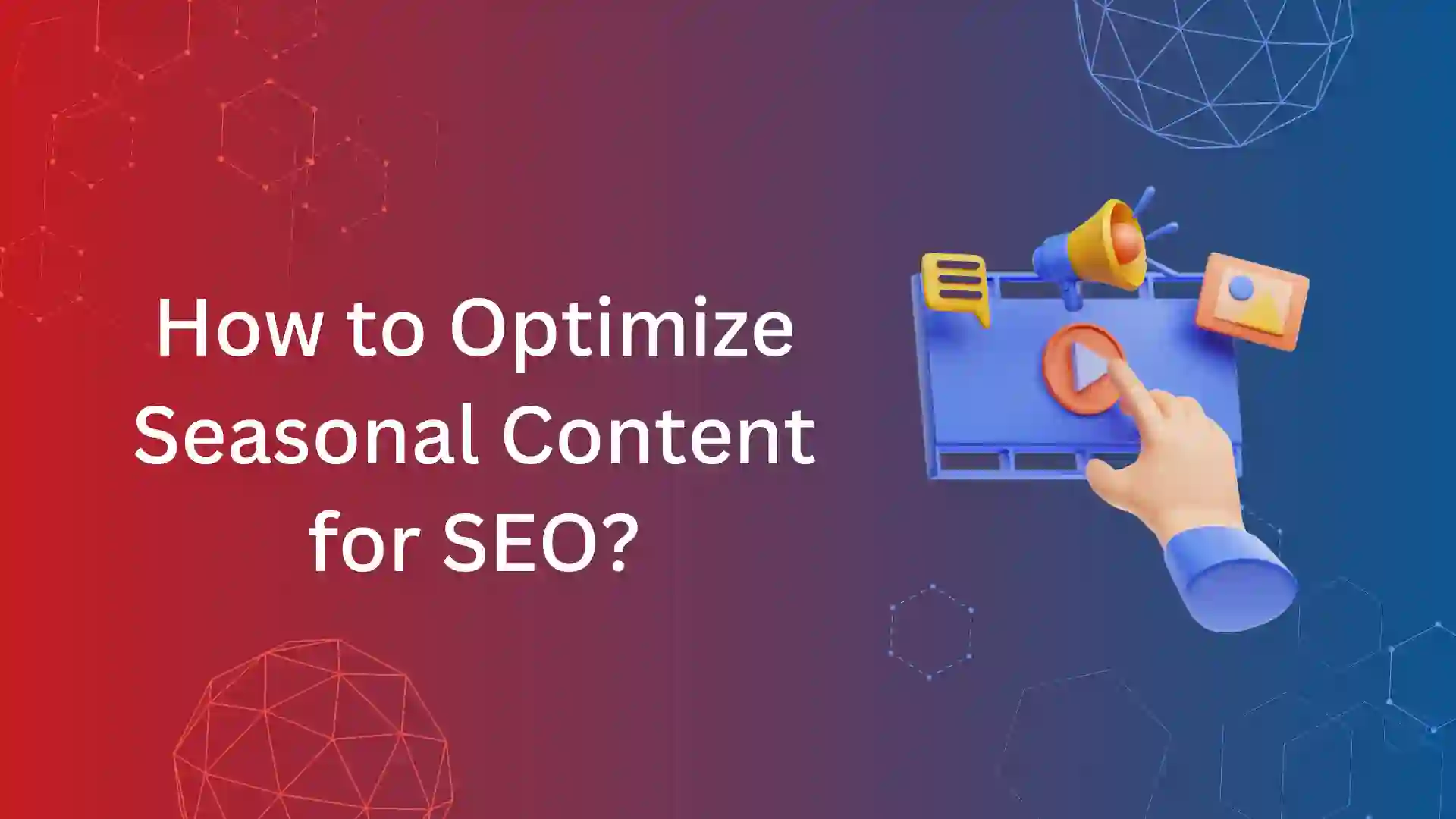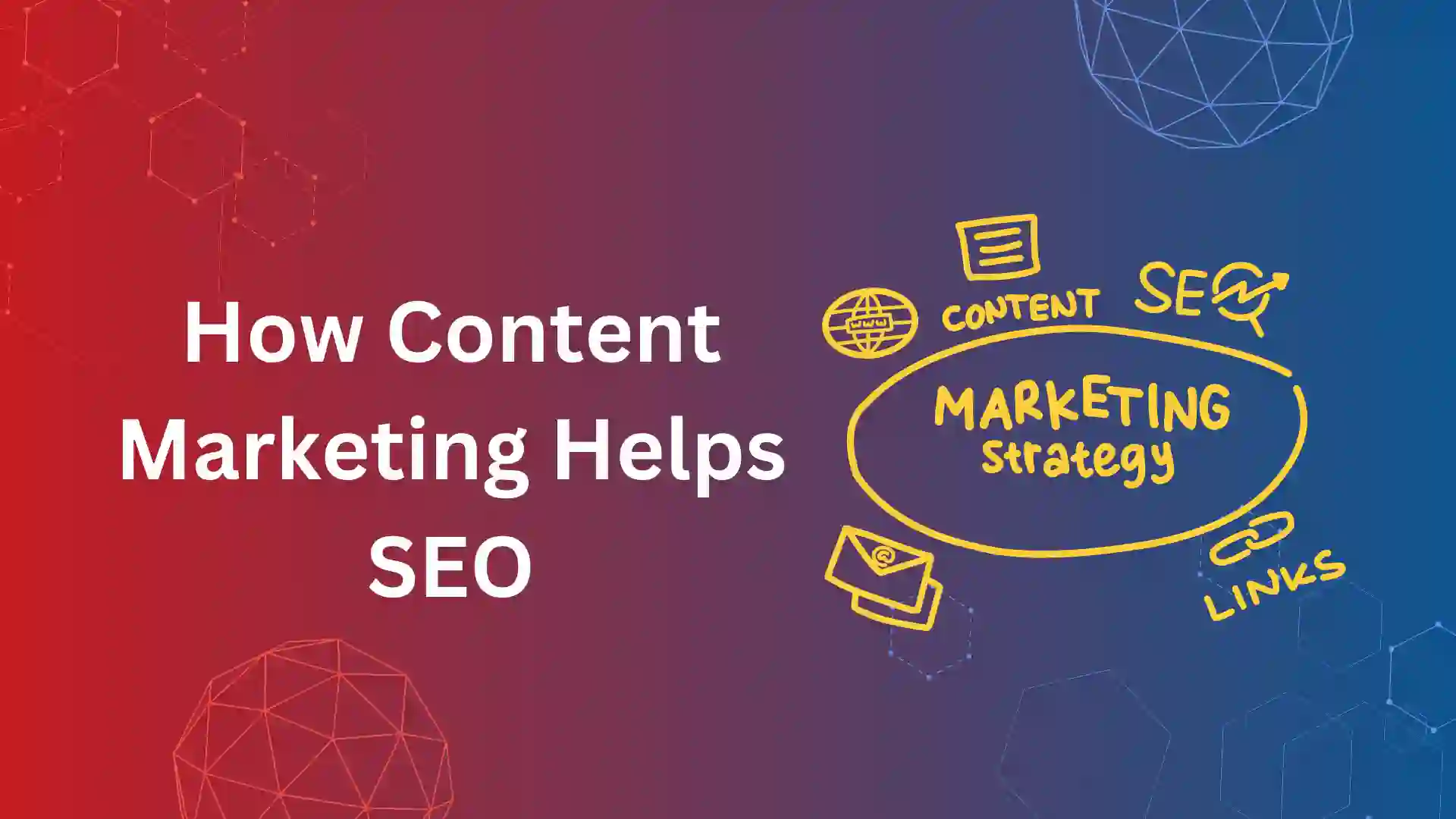Category pages are considered the heart of e-commerce sites as they help online shoppers easily select products that match their needs and requirements.
Whether it is by sorting with the help of various labels, for example, product, brand, or theme, these pages are essential in online shopping.
Further let’s learn how to do SEO for category pages.
What Are Category Pages?
The category pages in eCommerce are classified pages that group products that have similar characteristics or uses.
They provide customers with one-stop shopping solutions by organizing products into categories so that they can quickly find and buy the things they prefer.
These categories might be based on the product type, seasonal collection, brand, or anything based on the business.
Why Category Pages are Important for E-Commerce Websites?
Category pages are important for E-commerce websites for the following reasons.
- Organizational Structure: They provide an elegant way of making the products web-structured in such a way that customers can intuitively browse and get what they need through the website.
- SEO Benefits: Perfectly done category pages and keyword-optimized articles can affect greatly the appearance of the site in search engine outcomes, allowing it to capture more organic traffic.
- User Experience: Categorizing products together, makes the process more user-friendly and less time-consuming by reducing the complexity of browse and shop procedures.
- Conversion Optimization: Optimized categories with different products help the customers buy what they are looking for quickly and will lead to higher conversion rates.
Types of Category Pages
Category pages on websites often serve to organize products, services, or content into specific categories to make it easier for users to search and find what they are looking for in certain category pages
Here are some commonly used categories,
Product Category Pages:
These pages categorize products based on products, features, or intended use.
For example, a clothing retailer might have categories such as “men’s clothing,” “women’s clothing,” “shoes,” and “accessories.”
Service Category Pages:
Service-based websites often segment their offerings into different service types.
For example, 7 Eagles digital marketing agency might have categories like “Search Engine Optimization (SEO),” “Web development,” and “Content Marketing.”

It also has subcategories from SEO as on-page, technical SEO, and link-building.
Content Pages:
Websites that use content, such as blogs or news websites, to divide their articles, posts, or videos into headings or topics.
Examples include categories such as “technology,” “health and wellness,” and “travel.”
Location-based Pages:
Websites that are physically located or serve specific locations can segment their offerings based on location.
For example, a real estate website might have categories such as “homes for sale in Texas,” and “apartments for sale in California.”
Price Range Category Pages:
E-commerce websites often categorize products based on price to help users sort according to their budget.
Categories such as “Under $50,” “$50-$100,” and “Over $100” can be used.
Popular / Trending Category Pages:
Some websites may have category pages dedicated to showcasing popular or trending products, services, and content.
These categories emphasize what is currently required or receives the most attention.
Seasonal Category Pages: Category pages are provided for businesses that offer seasonal products or services such as sales, launches, and offers.
They can also include seasonal content in this type of category pages.
Structure Of a Category Page
While structuring category pages, have this in mind,
– Logical Grouping: Divide the categories into subordinate ones of the parent category and separate them as subcategories.
– SEO Optimization: Optimize category pages through relevant keywords, meta tags, and content based on the need.
– Internal Linking: you should consider building strong internal linking between parent categories and subcategories so that Google can crawl and navigate the site effectively.
– Breadcrumb Navigation: Breadcrumb Navigation is an easy-to-use navigation that helps users find the main categories and subcategories.
For example, if you are browsing an e-commerce website, the breadcrumb trail might look like this:
Home > Baby Products > Apparels> Bath towels
Each part of the trail represents a higher level of the site’s hierarchy, allowing users to quickly navigate back to a previous level by clicking on the respective link.
– Scalability and Flexibility: Maintain a hierarchy that is in order and allows to addition of more unique pages in the category page sections in the future.
12 Tips to Optimize Category Pages For SEO
1. List Categories Logically:
Organize subcategories under the list of relevant parent categories to establish a straightforward and user-friendly structure so that it would be easier to access and find products within the store.
Thus, the search engines need these archives of categories and products to identify the relationships better, which will be an indexing and ranking boost for the category pages
2. Build Hierarchy With Category URLs:
Improve category page URLs with relevant keyword phrases so that the site visibility is increased and it can be indexed by search engines.
The SEO benefits of a well-structured URL hierarchy include making easy for the search engines to understand the parent-child relationship between the categories, thereby improving the overall SEO performance.
3. Create a Solid Layout:
Keep page layout similar to category pages for easy navigation, so that users can search the relevant products of one category.
Based on user experience and good site architecture, Google will increase the ranking of search engines.
4. Add Helpful Information:
When a shopper is searching for a product, they should land on a relevant category page, this will decrease the bounce rate which in turn enhances organic search performance, and fulfills the user’s needs.
Useful content comprises a detailed description of products, their features and advantages, and any other information to help users make efficient choices
5. Perform On-page Optimization:
Apply keywords effectively into the headings, URLs, content, title, and meta tags to enhance the visibility of category pages and their ranking in search engines.
It is important to do Good SEO for category pages.
Good SEO involves the tuning of title tags, meta descriptions, and header tags among others to target relevant keywords; at the same time, it entails that the page content must be written in such a way that it has good keyword density and informative text.
6. Link Categories Internally:
Building a strong internal link between the main categories and subcategories of the page will aid search engines to crawl efficiently facilitating navigation, in turn, SEO is boosted.
This can be implemented via the interlinking of related categories, products and other relevant pages to the site, thus, telling search engines regarding the associations between the pages and making the entire website enhance their SEO performance.
7. Create Long-tail Categories:
Forum to the long-tail keywords by making unique subcategories that are related to the niche topics and attract customers’ opinions, so the category pages will get more relevance and visibility.
Compared to short-tail keywords, which are more generic and therefore highly competitive, long-tail keywords are more specific and less competitive. This is why they are valuable targets for eCommerce websites wanting to boost their SEO results
8. Manage Pagination:
Make sure that segmentation of pagination on category pages is managed wisely to maintain a good user experience and provide robot crawlers a chance to find the searched results in search engines.
In addition to that, this integrates with XFN (XHTML Friends Network) to allow other sites to indicate a relationship with the site.
It also uses pagination best practices to ensure that search engines will be able to index and crawl all pages within a category.
9. Consider Conversion Optimization:
Improve category page performance by strategically placing call-to-action buttons, product recommendations, and other things that drive sales.
Here, you need to incorporate attractive images, precise product descriptions, and other elements that contribute greatly to the audience’s decision-making process before buying.
10. Implement Faceted Navigation Strategy:
Through result-oriented-connected navigation, this can facilitate the filtering and discovery of products with users, and on the SEO front, getting keywords in navigation and filters will also add up.
Faceted navigation offers users an option for more convenient product filtering which involves filtering the products based on several attributes such as size, brand, color, and price, hence making it easier for them to find what they are looking for.
11. Add Reviews:
Implementing customer reviews for the main category pages is to further boost credibility, and user engagement and potentially induce user-generated content which boosts SEO overall.
Indeed, reviews can be a source of in-depth product knowledge that helps users to get confident about their final choice, as well as up-to-date content that allows search crawlers to discover it.
12. Add Frequently Asked Questions:
Add frequently asked questions to the category pages and, this will help the site users to obtain useful information as well as the website position for the search results based on the question queries.
It could be, for example, inquiries on specific functionalities, the benefits of the product, or simply how a user puts the product to use. Help them find what they need more quickly and easily.
Conclusion:
In the retail world, category pages, as the most important tool, have been interpreted by customers and business people alike as a game changer.
Through the implementation of targeted optimization ways and user-oriented approaches, eCommerce websites can have the best result out of category pages among others and thus help the websites to become better and increase their success as digital marketplaces.












